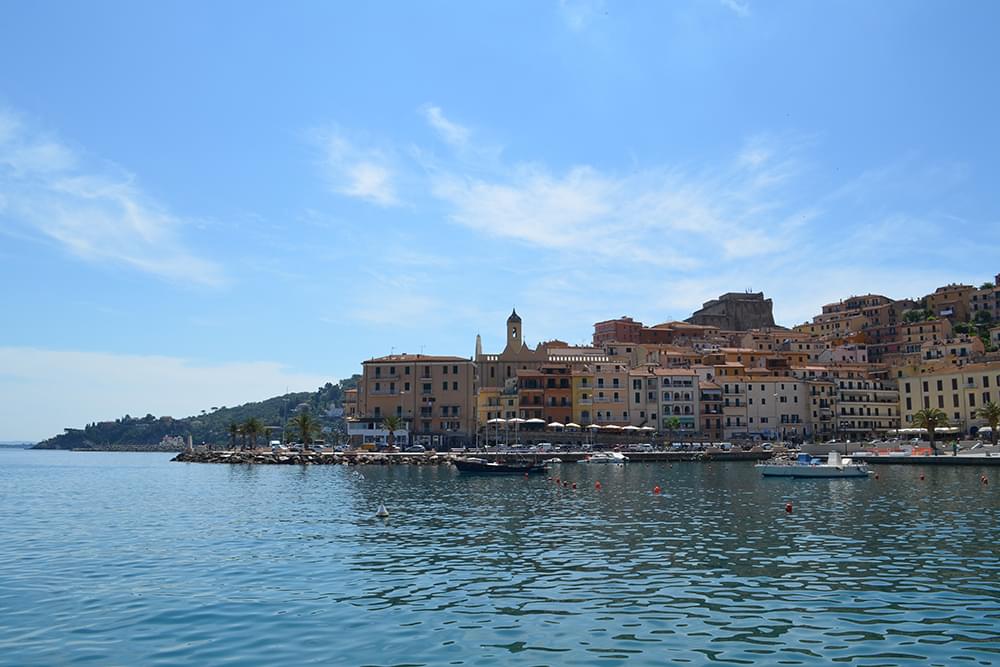
Stretching across the southern reaches of Tuscany, the province of Grosseto is a land where time seems to slow down. This is a part of Italy often overlooked by tourists rushing to Florence or Siena, yet it holds some of the region's most fascinating landscapes and cultural treasures.
From wild coastlines and ancient hilltop towns to dense forests and hidden archaeological sites, the province of Grosseto offers a richness that rewards those who take the time to explore it. Its beauty is subtle, refined, and deeply rooted in nature and tradition.

At the heart of Grosseto lies the Maremma, a vast swath of countryside known for its rugged terrain, long stretches of sandy beach, and windswept pine forests. The Maremma Regional Park is one of the most treasured nature reserves in Italy, offering a haven for wildlife and outdoor lovers.
Hiking trails weave through Mediterranean scrub, olive groves, and coastal wetlands, where visitors can spot wild boar, foxes, and herons. The park is also home to the traditional butteri, Italy’s last working cowboys, who still herd cattle on horseback in the same way their ancestors did centuries ago.
The province of Grosseto is steeped in history that predates the Roman Empire. This land was once a thriving center of Etruscan civilization, and the traces of that era are scattered across the landscape. The towns of Pitigliano, Sovana, and Sorano form a triangle of history and mystery known as the "Città del Tufo."
Here, dramatic cliffs of volcanic tufa stone cradle medieval villages perched like fortresses, and a network of Etruscan tombs and sunken roads called “vie cave” winds through the surrounding countryside. The atmosphere is haunting, unforgettable, and profoundly atmospheric.
The charm of Grosseto lies not only in its wilderness but also in its villages. Montemerano, with its cobbled lanes and archways, is often called one of Italy's most beautiful towns. Nearby Magliano in Toscana boasts ancient walls and olive groves as far as the eye can see.
Scansano, another picturesque town, is famed for its Morellino di Scansano wine. Here, time slows as you sip a glass of red wine on a sunny terrace overlooking vineyards that roll gently down toward the coast.
The coast of the province of Grosseto is a marvel in its own right. The Tyrrhenian Sea laps against long beaches like Marina di Alberese and Cala Violina, the latter known for its crystal-clear waters and soft, musical sands. The area remains refreshingly free of high-rise hotels or overbuilt resorts.
Farther south, the Argentario Peninsula juts dramatically into the sea. Once an island, it is now connected by three sandbars. Porto Ercole and Porto Santo Stefano, the two main towns, offer stunning views, fresh seafood, and access to some of Tuscany’s best diving spots.
Food in Grosseto is defined by simple, bold flavors rooted in peasant traditions. Wild game, boar ragù, hand-rolled pici pasta, and mushroom-based sauces dominate local menus. Coastal areas serve freshly caught fish and seafood, grilled or in brodetto-style stews.
The province is also a rising star in Tuscany’s wine scene. Morellino di Scansano, a robust red made primarily from Sangiovese grapes, rivals more famous Tuscan wines. Vineyards around the villages produce small-batch, high-quality wines that are increasingly winning international acclaim.
Grosseto’s volcanic geology provides a network of natural thermal springs that have been used since Etruscan and Roman times. Saturnia is the most famous, with its cascading hot pools carved into limestone, open to the public year-round and completely free.
Nearby, luxury resorts and spas offer refined wellness experiences, from therapeutic mud treatments to open-air massages with views of the surrounding hills. The combination of nature and wellness makes Grosseto a perfect destination for those seeking peace and rejuvenation.
The cultural calendar in the province of Grosseto is packed with events that reflect its deep connection to the land and its history. From the medieval reenactments of the Palio Marinaro in Porto Santo Stefano to wine festivals in Scansano and cheese fairs in Roccalbegna, there’s always something happening.
Artisans in tiny workshops craft ceramics, leather goods, and handwoven fabrics, while traditional music and dance fill village squares during the summer months. Life in Grosseto is lived slowly, with a strong sense of identity and pride in its roots.
In a country overflowing with tourist destinations, the province of Grosseto stands apart for its raw beauty, historical depth, and serene pace of life. It is a place where Tuscany remains authentic and untouched by mass tourism.
Whether you seek nature, history, food, wine, or simply peace and beauty, Grosseto welcomes you with open arms and quiet confidence. It is a hidden jewel waiting to be discovered, one that invites you to stay just a little longer than planned.

More Details



